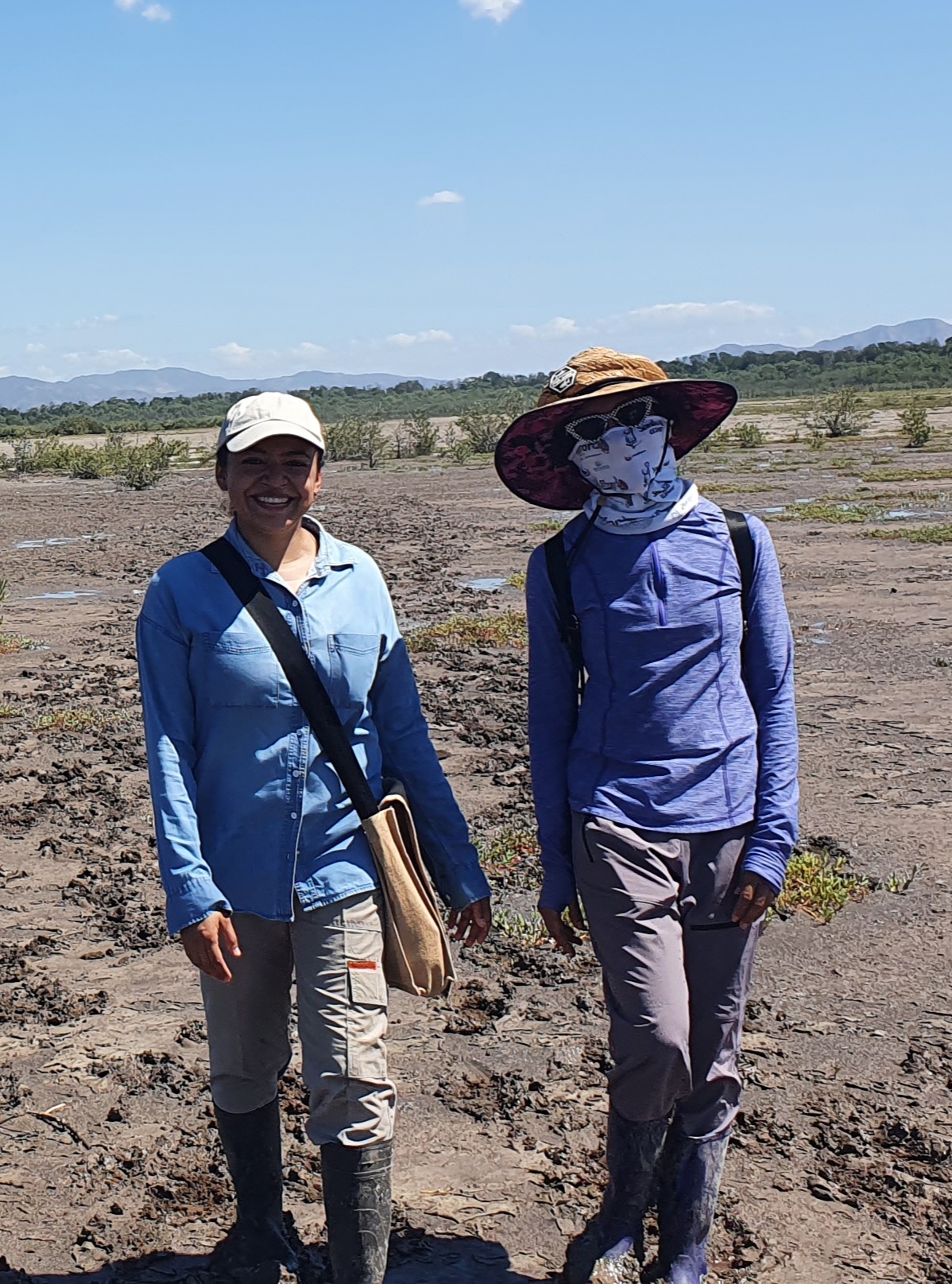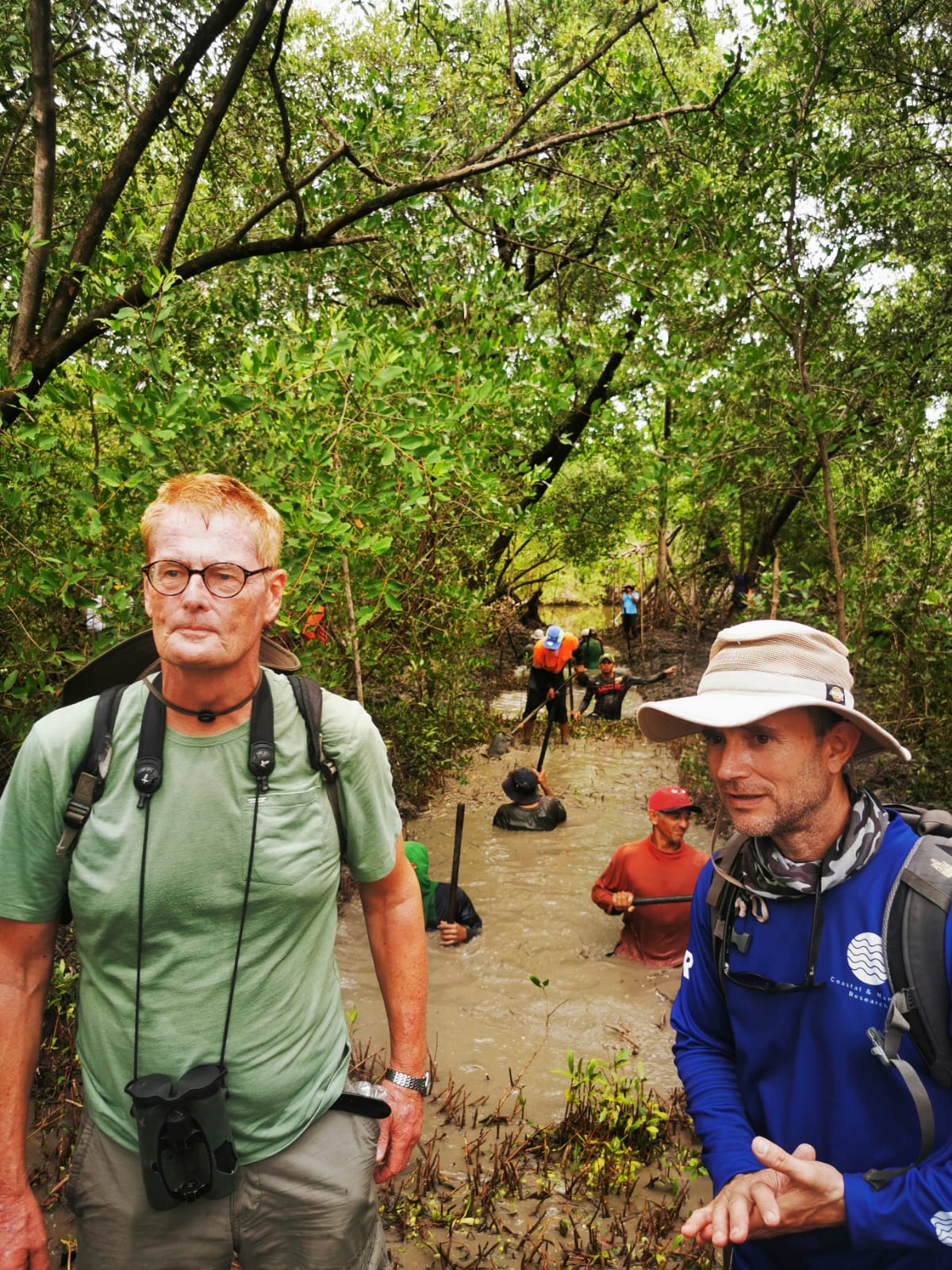Honduras
Mangrove
Ecosystem
Restoration
Project Type
2,176 hectares
Area
Carbon
Credits
2,176 ha of mangroves have been destroyed in the Gulf of Fonseca protected area as a result of clearances for shrimp farms which are now abandoned or by accidentally changing the hydrology adjacent to areas that are being used as shrimp farms. This rePLANET project is restoring these areas in a series of 120+ polygons in partnership with CODDEFFAGOLF, a Honduran based NGO that co-manages the Gulf of Fonseca protected area. ICF is managing the project in the field and Coastal and Marine Research (CMR) are providing the technical input for the hydrological restoration.
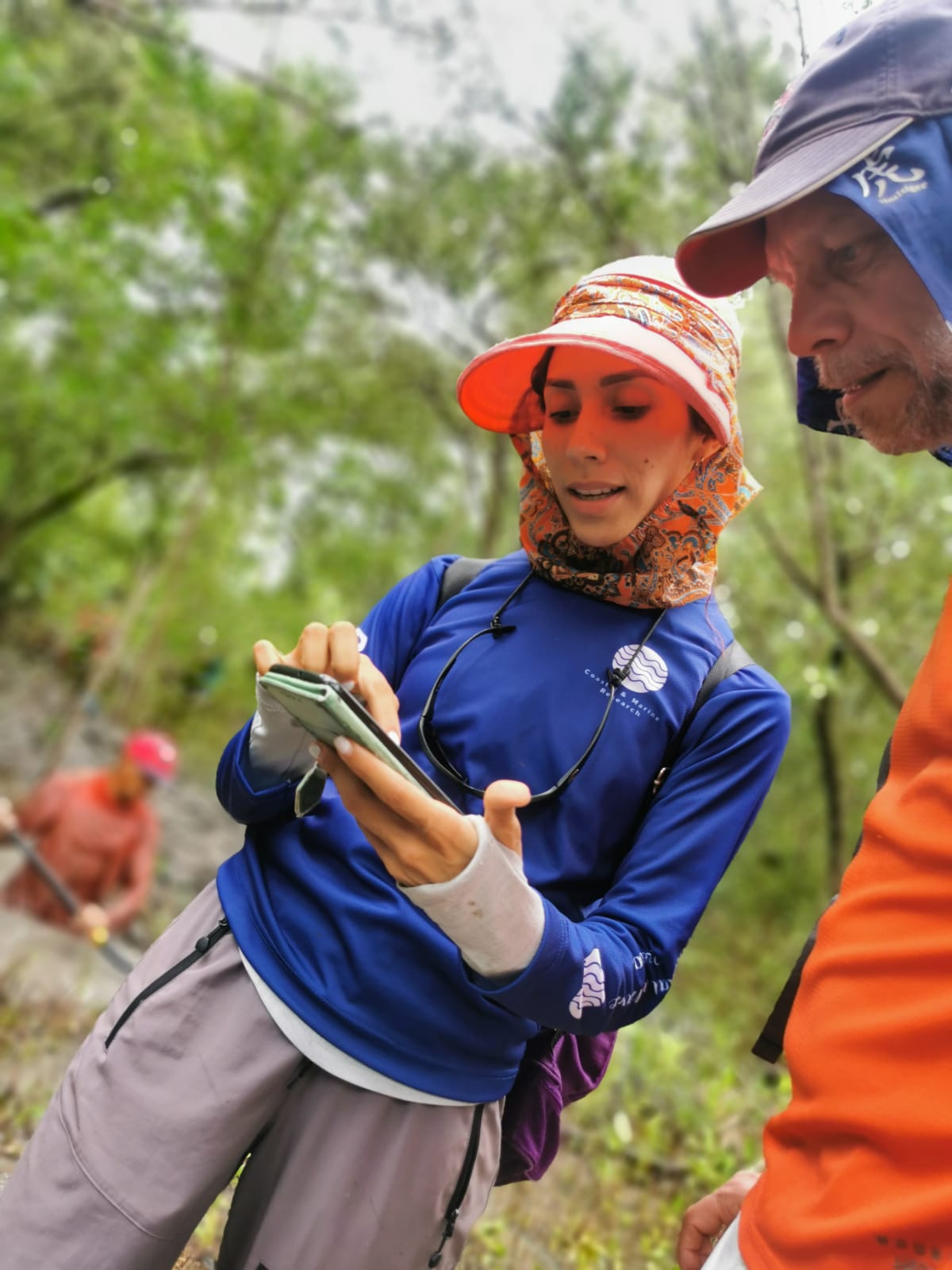
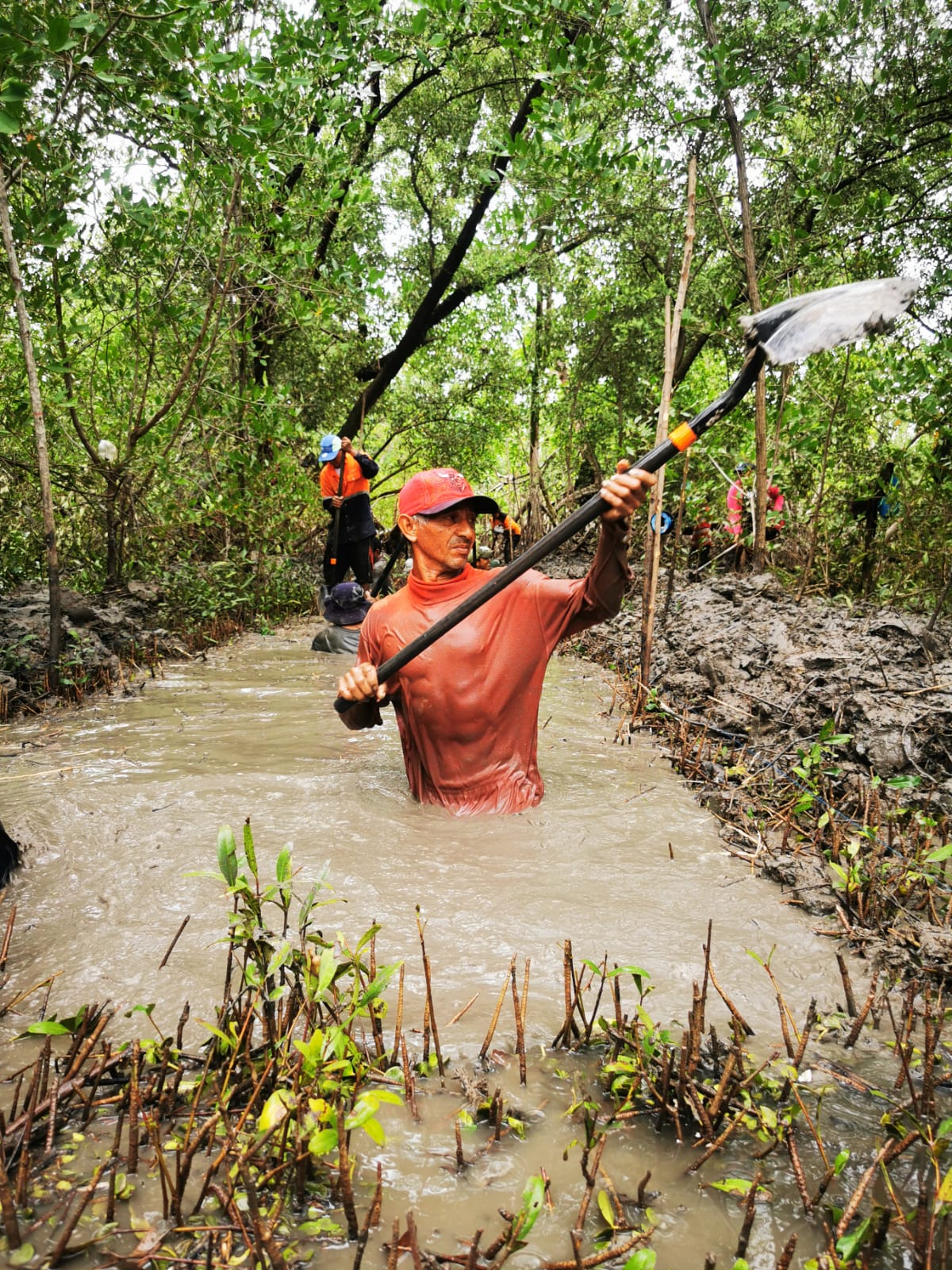
The first part of the project is to restore the hydrological conditions so there are regular tidal flows. Digging of the trenches necessary to restore the tidal flows has begun and by mid August 2022, a total of 865m of primary channels (2m wide x 1m deep) and 2701m of secondary channels (1m wide x 1m deep) have been constructed by a team of local people from the fishing cooperative of APEANA.
As the project progresses, much of the area will be reforested with Avicennia germinans. This species reproduces with seeds that disperse by floating. In the areas where the hydrology has been completed already large amounts of seeds are dispersing across the newly tidal areas and this will lead to some natural regeneration. However additional seed planting to fill in any gaps will be undertaken once the sediment quality has been restored by regular tidal washing.
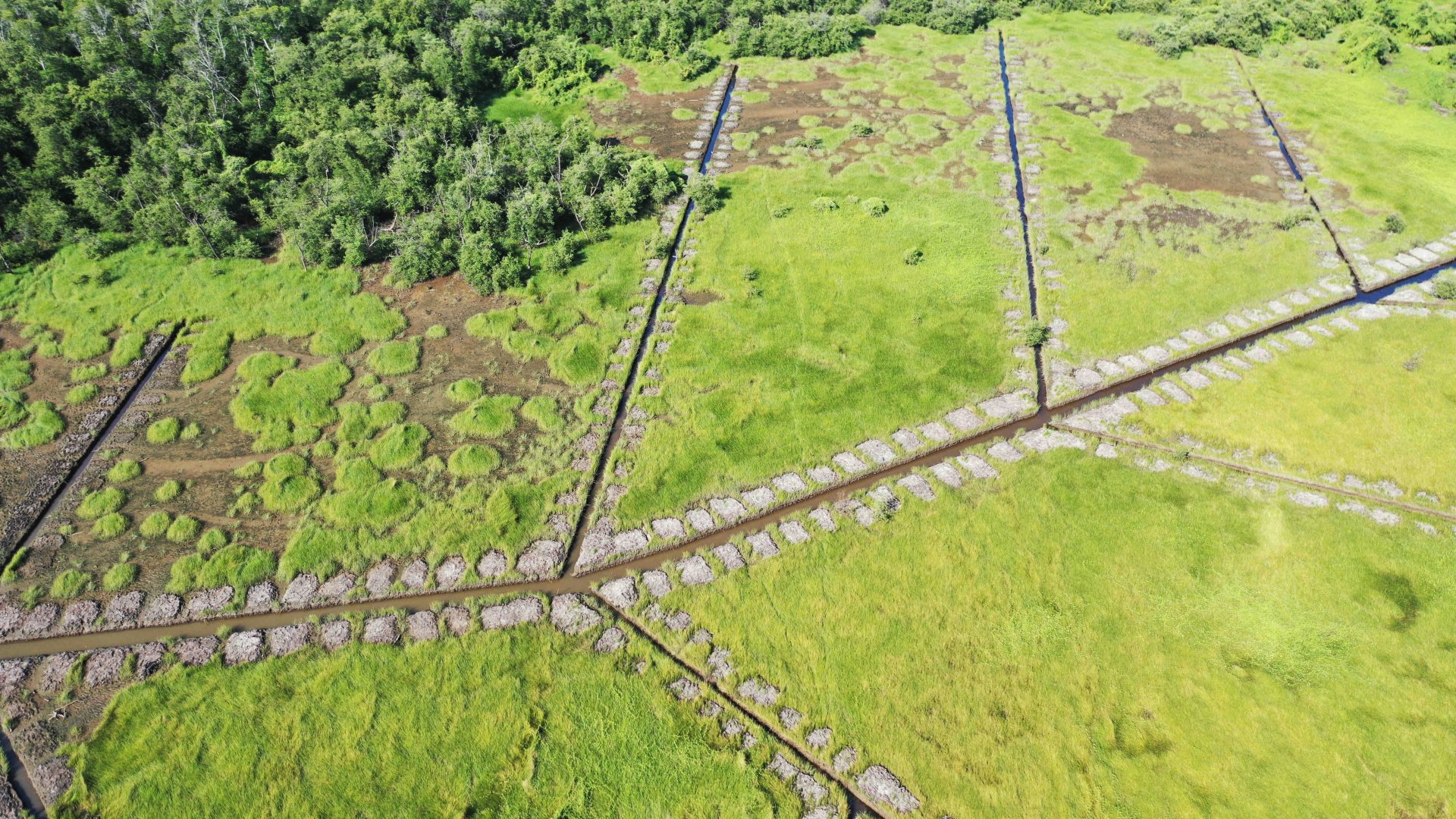
The local stakeholders (owners, users and managers of the land) will receive a minimum of 60% of the revenues generated through the sale of carbon credits associated with the project. The majority of this will be through capacity building and collaboration with local communities, either in wages for the restoration work or follow on community development projects to help with housing, education, health and business development.
This is a crucial example of indexing carbon payments to communities based on the carbon credit prices achieved. This is not just an ecosystem restoration project but also a significant investment programme in some of the most impoverished communities in Honduras.
